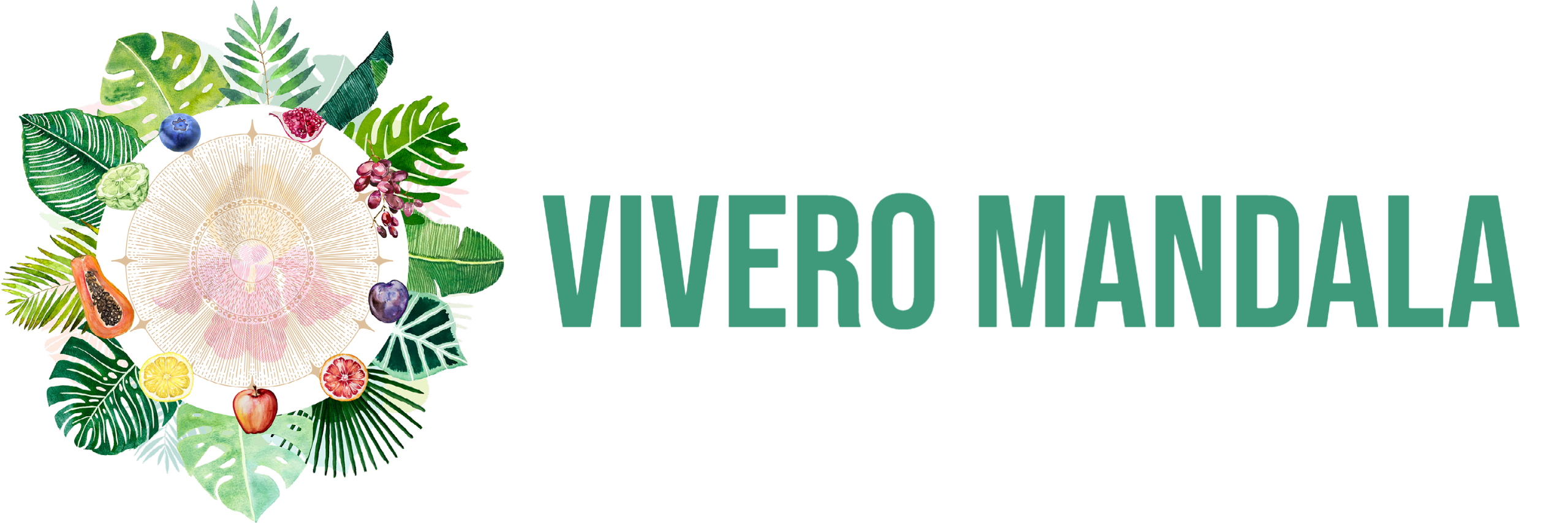Description
Origin
Chamomile (Matricaria chamomilla) is a well-known aromatic plant from the Asteraceae family. Native to Europe, North Africa, and parts of Asia, it has been valued for its medicinal properties for centuries. Chamomile is often used for its calming and anti-inflammatory properties and is a popular herbal remedy in traditional medicine.
Growth, Appearance, and Characteristics
It is an annual plant that reaches a height of about 20 to 50 centimeters. It has delicate, finely divided leaves that have a fine texture and branch strongly from the stem. The flowers consist of small, white flower heads with yellow discs in the center and have a characteristic apple-like scent. The plant has an upright growth habit and forms small flower heads at the ends of the stems.
Cultivation and Care
It prefers sunny locations with well-drained soil and tolerates drought well. The plant is relatively undemanding and requires only occasional watering to keep the soil moist. It can be grown from seeds or seedlings and is suitable for cultivation in gardens, herb beds, or even in containers on balconies or terraces. Regular removal of faded flowers promotes the growth of new flowers and extends the flowering period of the plant.
Taste and Use
Chamomile has a mild, sweet taste with a slight hint of apples and is often valued for its calming and anti-inflammatory properties. The flowers and leaves of chamomile can be used fresh or dried to make soothing teas, infusions, oils, and ointments that can help with stomach complaints, colds, skin irritations, and stress. Additionally, chamomile is also used in the cosmetic industry to produce skincare products such as face creams, face masks, and hair conditioners.
Harvest Time
The flowers can be harvested throughout the growing season once they have fully opened. The first flower heads can often be harvested about six to eight weeks after planting. Harvesting is usually best done early in the morning when the essential oil content in the flowers is highest. The plant does not produce fruit but is mainly harvested for its flowers.
Pollination
Chamomile is an insect-pollinated plant and attracts a variety of pollinators, including bees, butterflies, and flies. The flowers attract pollinators with their sweet scent and bright white appearance, producing abundant pollen and nectar to attract them. Pollination occurs through the transfer of pollen from flower to flower by the pollinators, leading to fertilization of the flowers and seed production.





